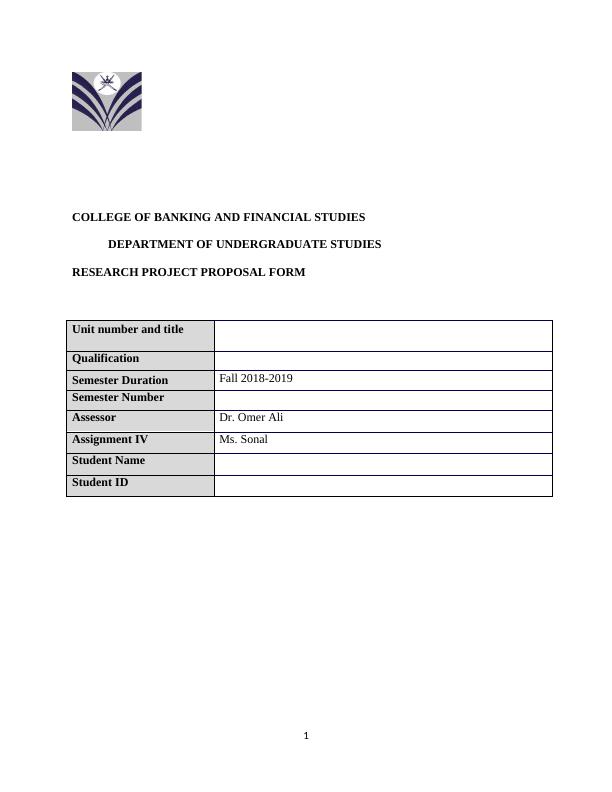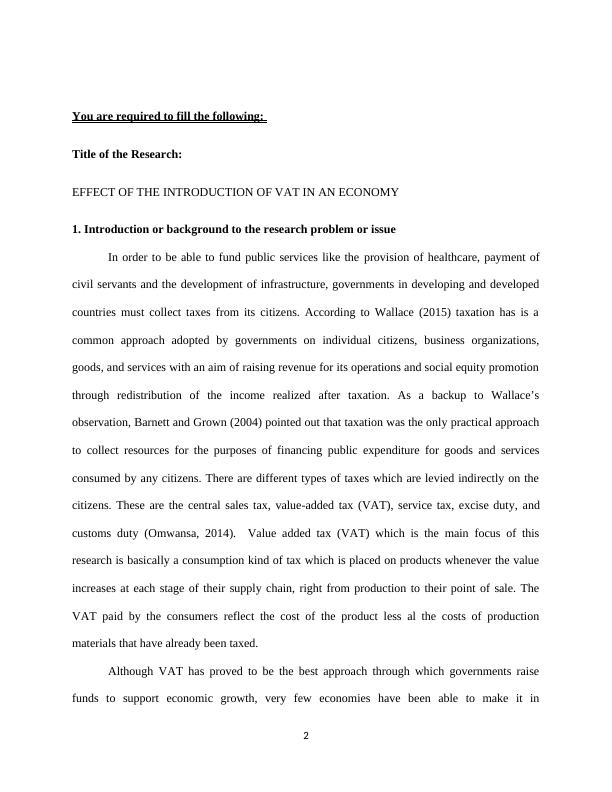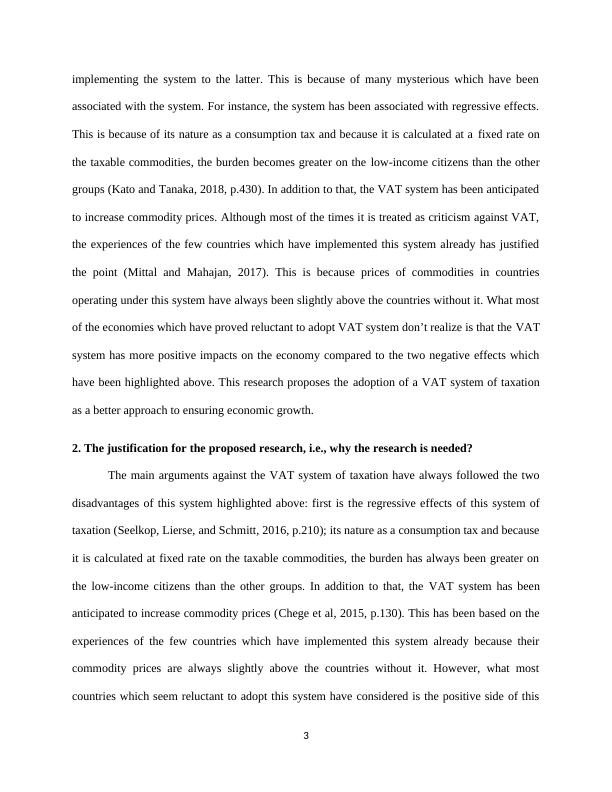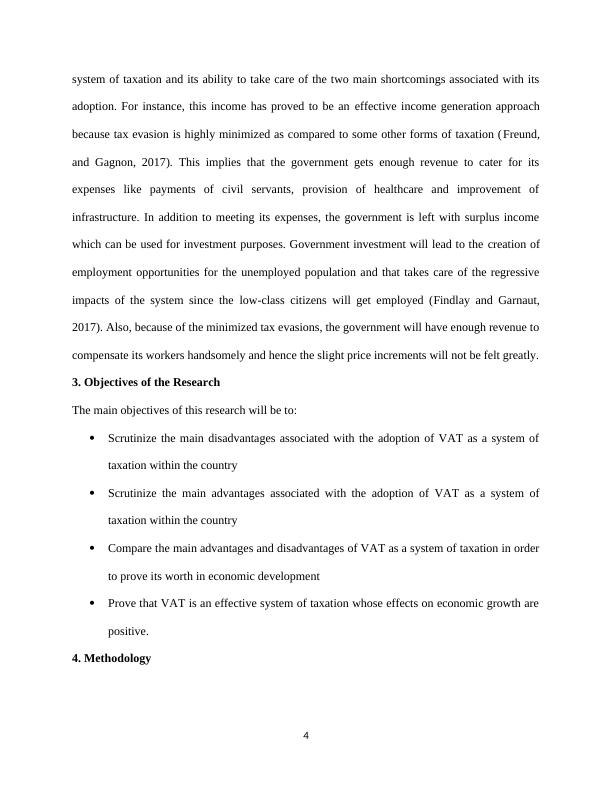Effect of the Introduction of VAT in an Economy
Fill out the research project proposal form with the required information.
11 Pages2764 Words215 Views
Added on 2023-04-21
About This Document
This research examines the effects of the introduction of VAT in an economy, including its advantages and disadvantages. It aims to prove that VAT is an effective system of taxation for economic growth.
Effect of the Introduction of VAT in an Economy
Fill out the research project proposal form with the required information.
Added on 2023-04-21
ShareRelated Documents
End of preview
Want to access all the pages? Upload your documents or become a member.
Value Added Tax in Government of China
|5
|1264
|46
Analysis of UK Taxation System and Implications for Unincorporated Organizations
|13
|4236
|49
MOD003311 Academic Research and Writing
|7
|1474
|125
TAXATION SYSTEM IN INDIA.
|5
|1028
|145
A Debate on Australian Taxation Structure
|6
|1716
|169
International Indirect Taxation - A Report on Single Market Framework
|26
|8029
|274




